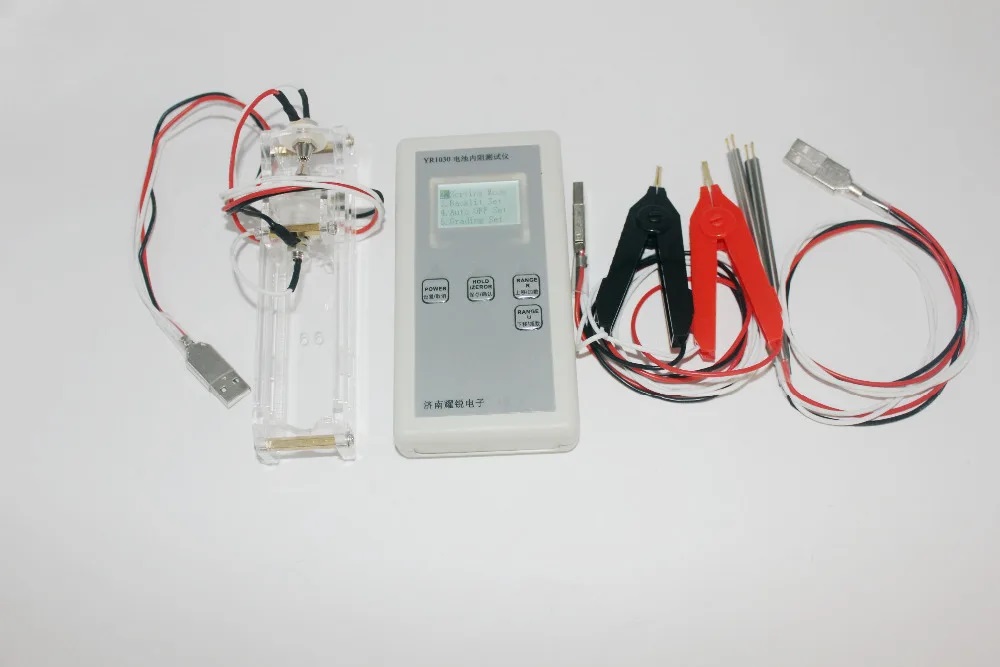Measuring the internal resistance of lead-acid batteries is a crucial aspect of battery health monitoring and maintenance. Here’s a general procedure to measure the internal resistance of lead-acid batteries.
- Safety Precautions: Before starting, ensure you are familiar with safety precautions related to working with batteries. Wear appropriate personal protective equipment (PPE) such as gloves and safety glasses.
- Disconnect Power: Disconnect any loads connected to the battery and make sure the battery is disconnected from any charging sources.
- Resting Period: Allow the battery to rest for a few hours to reach a stable state. This ensures that the battery is not under load and has stabilized after any recent charging or discharging activities.
- Measurement Equipment: You’ll need a battery analyzer or a digital multimeter with a feature for measuring resistance (ohmmeter). Ensure the multimeter is set to the appropriate range for resistance measurement.
- Connections: Connect the multimeter leads to the battery terminals. The positive lead (red) should be connected to the positive terminal, and the negative lead (black) should be connected to the negative terminal.
- Measure Resistance: Measure the resistance across the battery terminals. For lead-acid batteries, the internal resistance is typically measured as the resistance between the positive and negative terminals.
- Interpretation: The internal resistance measurement will be displayed on the multimeter. Internal resistance is usually expressed in ohms (Ω). A higher internal resistance value indicates a battery that may be nearing the end of its life or experiencing degradation. Lower internal resistance values generally indicate a healthier battery.
- Comparison: Compare the measured internal resistance value with the manufacturer’s specifications or with values obtained from previous measurements. Significant deviations from the expected or baseline values may indicate issues with the battery.
- Repeat and Average: For more accurate results, you may want to repeat the measurement multiple times and calculate an average value.
- Analysis: Analyze the internal resistance measurement in conjunction with other battery parameters such as voltage, state of charge, and capacity to assess the overall health and performance of the battery.
By following these steps, you can effectively measure the internal resistance of lead-acid batteries and assess their condition and performance.


